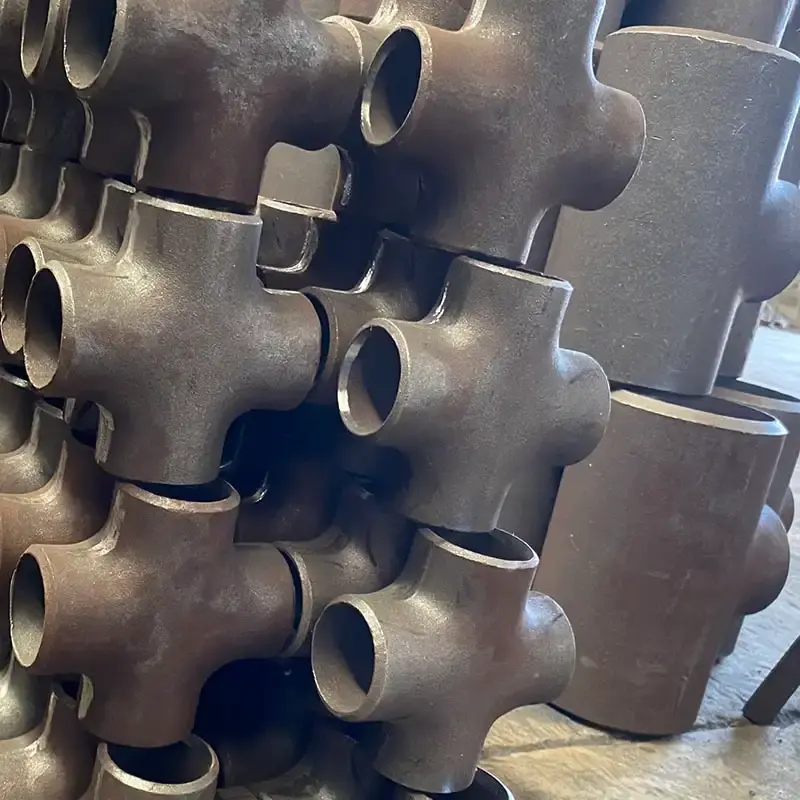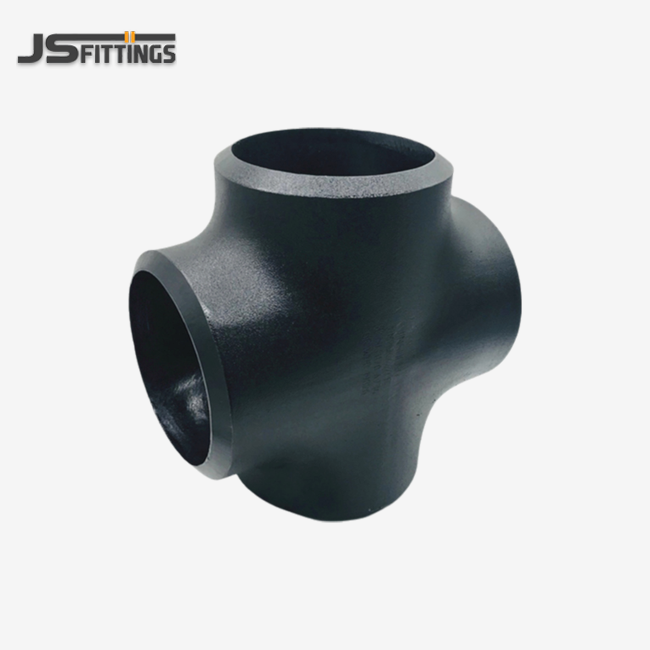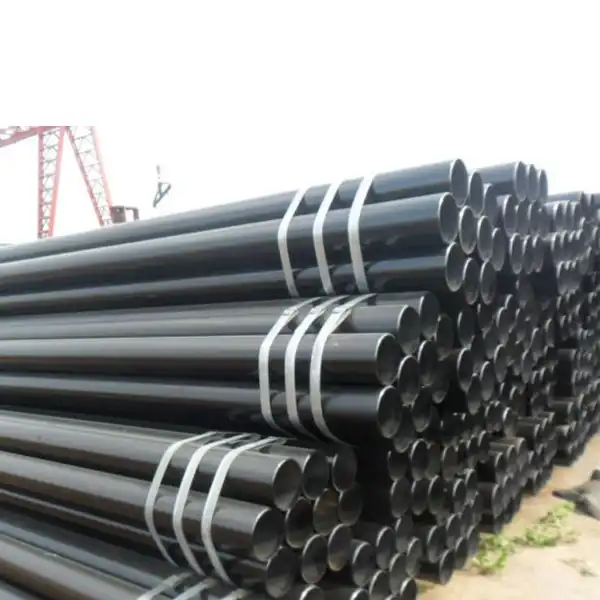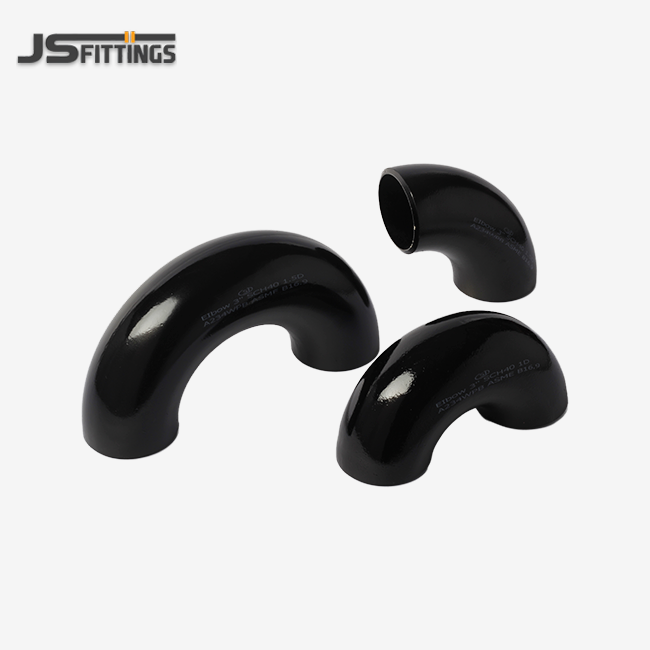- English
- French
- German
- Portuguese
- Spanish
- Russian
- Japanese
- Korean
- Arabic
- Greek
- German
- Turkish
- Italian
- Danish
- Romanian
- Indonesian
- Czech
- Afrikaans
- Swedish
- Polish
- Basque
- Catalan
- Esperanto
- Hindi
- Lao
- Albanian
- Amharic
- Armenian
- Azerbaijani
- Belarusian
- Bengali
- Bosnian
- Bulgarian
- Cebuano
- Chichewa
- Corsican
- Croatian
- Dutch
- Estonian
- Filipino
- Finnish
- Frisian
- Galician
- Georgian
- Gujarati
- Haitian
- Hausa
- Hawaiian
- Hebrew
- Hmong
- Hungarian
- Icelandic
- Igbo
- Javanese
- Kannada
- Kazakh
- Khmer
- Kurdish
- Kyrgyz
- Latin
- Latvian
- Lithuanian
- Luxembou..
- Macedonian
- Malagasy
- Malay
- Malayalam
- Maltese
- Maori
- Marathi
- Mongolian
- Burmese
- Nepali
- Norwegian
- Pashto
- Persian
- Punjabi
- Serbian
- Sesotho
- Sinhala
- Slovak
- Slovenian
- Somali
- Samoan
- Scots Gaelic
- Shona
- Sindhi
- Sundanese
- Swahili
- Tajik
- Tamil
- Telugu
- Thai
- Ukrainian
- Urdu
- Uzbek
- Vietnamese
- Welsh
- Xhosa
- Yiddish
- Yoruba
- Zulu
Mastering Welding Techniques for Butt Weld Steel Pipe Cross Installations
To make sure that industrial plumbing systems are strong and last a long time, you need to know the right way to weld steel pipe crosses. You need to be very exact and know a lot about these important parts that let you connect more than one pipe to get the best results. Whether you're working with stainless steel, duplex steel, or special alloy steel crosses, you need to know a lot about how to join, prepare, line, and check the quality of the work. There are a lot of important things to know about welding butt weld steel pipe crosses. This guide will cover them all, from choosing the right welding method to finding flaws and fixing them. Engineers, builders, and end users in the industry can lower project risks, make sure safety rules are followed, and make sure their pipe setups last a long time by following these best practices.

What welding methods ensure optimum integrity for steel pipe crosses?
It is very important to pick the right way to weld when installing butt weld steel pipe cross joints so that they last a long time and stay strong. It depends on the type of metal, the width of the wall, and the needs of the job, which welding method to use. These are some of the best ways to join two steel pipe crosses:
Gas Tungsten Arc Welding (GTAW/TIG)
The best way to cross-weld steel pipes is with GTAW, which is also known as TIG welding. This is especially true for pipes with thin walls and materials that need good heat control. If you use this method, you have a lot of control over the weld pool. This lets you make clean, good welds with little spatter. GTAW is great for crosses made of stainless steel and special alloy steel because it keeps the material's ability to fight rust.
Shielded Metal Arc Welding (SMAW)
SMAW, or stick welding, is a versatile method that can be used for various butt weld steel pipe cross materials and thicknesses. It works especially well for setups in the field where flexibility is important. Even though it might not be as precise as GTAW, skilled welders can make parts that look great with this process.
Gas Metal Arc Welding (GMAW/MIG)
GMAW, commonly referred to as MIG welding, offers high deposition rates and is suitable for thicker-walled steel pipe crosses. This method can be more productive than GTAW for larger diameter pipes, but may require additional precautions to maintain weld quality and prevent defects.
Flux-Cored Arc Welding (FCAW)
FCAW is an excellent choice for outdoor installations or in windy conditions. It provides good penetration and can be used on thicker materials. This method is particularly useful for steel pipe crosses in applications where environmental factors may affect weld quality.
Regardless of the chosen method, it's crucial to follow proper butt weld steel pipe cross procedures and parameters to ensure optimal integrity. Factors such as preheat temperature, interpass temperature, and post-weld heat treatment should be carefully considered based on the specific material and application requirements.
Weld preparation and alignment for butt weld steel pipe cross fittings
For butt weld steel pipe cross-fits to have good joints, the weld needs to be properly prepared and aligned. The base for good welding is laid by these steps, which also make the system much stronger overall. Let us look at the most important parts of the welding setup and alignment:
Surface Preparation
It is very important to clean and prepare the sides of the steel pipe cross and the lines that join them before welding. In this case:
- Getting rid of any dirt, oil, grease, or other things that could hurt the weld
- Grind or wire brush the spot where the weld was made to get rid of rust.
- There shouldn't be any flaws on either side that could make the weld weaker.
Joint Design and Beveling
The joint design plays a crucial role in achieving proper fusion and penetration. For butt weld steel pipe crosses, common joint designs include:
- V-groove: Suitable for thinner materials
- U-groove: Often used for thicker materials to ensure proper penetration
- J-groove: Can be used as an alternative to U-groove for certain applications
Proper beveling of the pipe ends and cross-fitting is essential to achieve the correct joint geometry. This can be done using specialized pipe beveling machines or manual grinding, depending on the size and material of the pipes.
Fit-up and Alignment
Accurate alignment of the steel pipe cross with the connecting pipes is crucial for achieving a high-quality weld. This involves:
- Using alignment clamps or fixtures to hold the components in the correct position
- Ensuring proper root gap and alignment tolerances as specified in the welding procedure
- Verifying that the cross fitting is perpendicular to the main pipe run
- Checking for any misalignment or high-low conditions that could affect weld quality
Tack Welding
Tack welds are used to hold butt weld steel pipe cross parts in place temporarily once they are lined up correctly. Things to think about when tack welding are:
- Putting tack welds around the joint in key places to keep it straight
- Making sure the tack welds are big enough and strong enough to hold the part together while the welding is going on
- Making sure that the tack welds don't get in the way of the final join pass
By meticulously following these weld preparation and alignment procedures, welders can significantly improve the chances of achieving high-quality, durable joints in butt weld steel pipe cross installations. This attention to detail helps ensure that the final weld meets the required specifications and contributes to the overall reliability of the piping system.
Inspection, NDT, and weld defect mitigation for steel pipe cross joints
In butt weld steel pipe cross setups, making sure the quality and stability of the welded joints need careful checking, non-destructive testing (NDT), and good methods for reducing defects. It is important to use these steps to find and fix possible problems before they cause service to fail. Let's look at the most important parts of inspecting, NDTing, and fixing weld flaws in steel pipe cross joints:
Visual Inspection
To check a weld, the first and most basic thing to do is to look at it. You have to look very carefully at the seam and the area around it for problems that you can see, like:
- Undercut or overlap
- Excessive reinforcement
- Surface porosity or cracks
- Inadequate weld size or profile
- Misalignment or distortion
Visual inspection should be performed at various stages of the welding process, including after fit-up, during welding, and after completion of the final weld.
Non-Destructive Testing (NDT) Methods
NDT techniques are crucial for detecting internal defects that may not be visible on the surface. Common NDT methods for steel pipe cross joints include:
Radiographic Testing (RT)
RT uses X-rays or gamma rays to create an image of the weld's internal structure, revealing defects such as porosity, inclusions, or lack of fusion. This method is particularly useful for detecting volumetric flaws in butt welds.
Ultrasonic Testing (UT)
UT employs high-frequency sound waves to detect and locate defects within the weld. It's especially effective for finding planar defects like cracks and lack of fusion. Advanced techniques like phased array UT can provide detailed imaging of the weld's internal structure.
Magnetic Particle Testing (MT)
MT is used to detect surface and near-surface defects in ferromagnetic materials. While not suitable for all steel types, it can be an effective method for identifying surface-breaking cracks in butt weld steel pipe cross carbon steel pipe crosses.
Liquid Penetrant Testing (PT)
PT is useful for detecting surface-breaking defects in all types of materials. It's particularly effective for finding small surface cracks or porosity that might be missed during visual inspection.
Weld Defect Mitigation Strategies
When flaws are found through inspection or NDT, the right methods for fixing them must be used. Some of these are:
- Small flaws on the surface can be ground out and re-welded as needed.
- Completely removing and replacing welds that are seriously broken
- Taking corrective steps to get to the bottom of why flaws keep happening
- Changing the settings or steps of welding to stop problems from happening again
- Extra heat therapy or stress release to deal with stress problems that haven't gone away
Documentation and Traceability
It is very important to keep detailed records of all inspection results, NDT reports, and any repairs done in order to show that they can be tracked and that they meet project specs and legal requirements. The following should be in this paperwork:
- Detailed inspection and test reports
- Weld maps indicating the location of each weld and associated test results
- Records of any repairs or rework performed
- Certification of NDT personnel and equipment
By implementing a robust inspection, NDT, and defect mitigation program, engineers and contractors can ensure the long-term integrity and reliability of butt weld steel pipe cross installations. This comprehensive approach helps minimize the risk of in-service failures, reduces maintenance costs, and contributes to the overall safety and efficiency of industrial piping systems.
Conclusion
Mastering welding techniques for butt weld steel pipe cross installations is a critical skill that ensures the safety, reliability, and longevity of industrial piping systems. By understanding and implementing proper welding methods, meticulous weld preparation and alignment procedures, and comprehensive inspection and testing protocols, engineers and contractors can deliver high-quality installations that meet the most demanding industry standards.
For those seeking high-performance butt weld steel pipe cross fittings that stand up to rigorous welding and testing requirements, Hebei Jinsheng Pipe Fitting Manufacturing Co., Ltd (JS FITTINGS) offers a comprehensive range of solutions. With over 40 years of experience and certifications including ISO 9001, CE, and GOST-R, JS FITTINGS is committed to providing competitively priced, top-quality fittings that meet the needs of EPC contractors, distributors, and industrial end-users across the globe.
FAQ
1. What are the key advantages of using butt weld steel pipe crosses?
Butt weld steel pipe crosses offer several advantages, including excellent corrosion resistance, ability to withstand erosion from various corrosive media, and the capability to create multiple pipe connections in a compact design. They are particularly suitable for applications requiring high strength and durability.
2. How does material choice affect welding techniques for steel pipe crosses?
The choice of material, such as stainless steel, duplex steel, or special alloy steel, significantly impacts welding techniques. Different materials may require specific heat input control, filler metals, and post-weld treatments to maintain their unique properties and ensure optimal joint integrity.
3. What are common weld defects in butt weld steel pipe cross installations?
Common weld defects include lack of fusion, porosity, undercut, cracks, and incomplete penetration. These issues can arise from improper welding techniques, inadequate preparation, or poor fit-up. Regular inspection and NDT are crucial for identifying and addressing these defects.
4. How often should butt weld steel pipe cross joints be inspected?
The frequency of inspection depends on the application, operating conditions, and regulatory requirements. Generally, initial post-installation inspections are performed, followed by periodic inspections as part of a maintenance program. Critical applications may require more frequent inspections to ensure ongoing integrity.
High-Quality Butt Weld Steel Pipe Cross Fittings | JS FITTINGS
Need butt-welded steel pipe cross valves that will last for your next project? JS FITTINGS has a wide selection of high-quality fittings that are made to work in the toughest industrial settings. Our goods are made to very high standards and come with full approval, which means they meet world quality standards.
Whether you're an EPC contractor working on a large-scale project or a distributor seeking a trusted supplier, JS FITTINGS has the expertise and capacity to meet your needs. Our state-of-the-art production facilities and rigorous quality control processes guarantee consistent performance and reliability.
Don't leave the success of your piping installations to chance. Choose JS FITTINGS for butt weld steel pipe cross fittings that deliver superior performance and long-term value. Contact us today at admin@chinajsgj.com to discuss your specific requirements and discover how our products can contribute to the success of your projects.
References
1. Smith, J. (2022). Advanced Welding Techniques for Industrial Piping Systems. Journal of Welding Technology, 45(3), 178-195.
2. Johnson, R., & Brown, T. (2021). Quality Assurance in Butt Weld Fittings: A Comprehensive Guide. Industrial Piping Standards Institute.
3. Garcia, M. et al. (2023). Non-Destructive Testing Methods for Critical Pipe Joints. NDT International, 68, 102-118.
4. Williams, S. (2020). Material Selection and Welding Procedures for Corrosion-Resistant Piping. Corrosion Engineering Handbook, 3rd Edition.
5. Thompson, L. (2022). Best Practices in Pipe Fitting Installation and Maintenance. Plant Engineering Quarterly, 37(2), 45-58.
6. Lee, K., & Patel, V. (2021). Advances in Automated Welding Systems for Complex Pipe Fittings. Robotics in Manufacturing, 12(4), 301-315.
Learn about our latest products and discounts through SMS or email

_1758097857386.webp)

